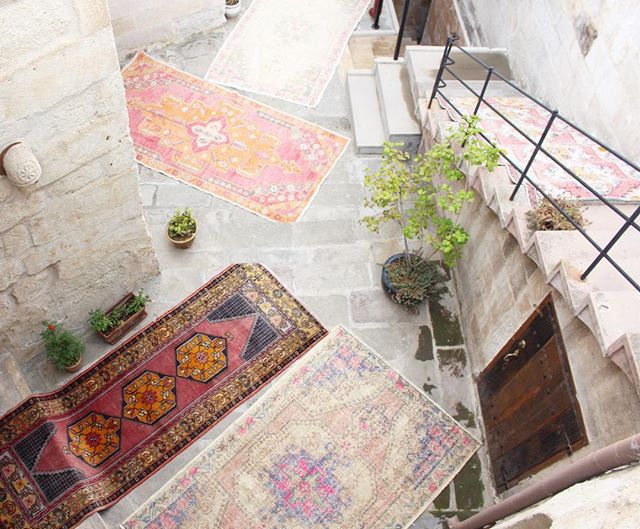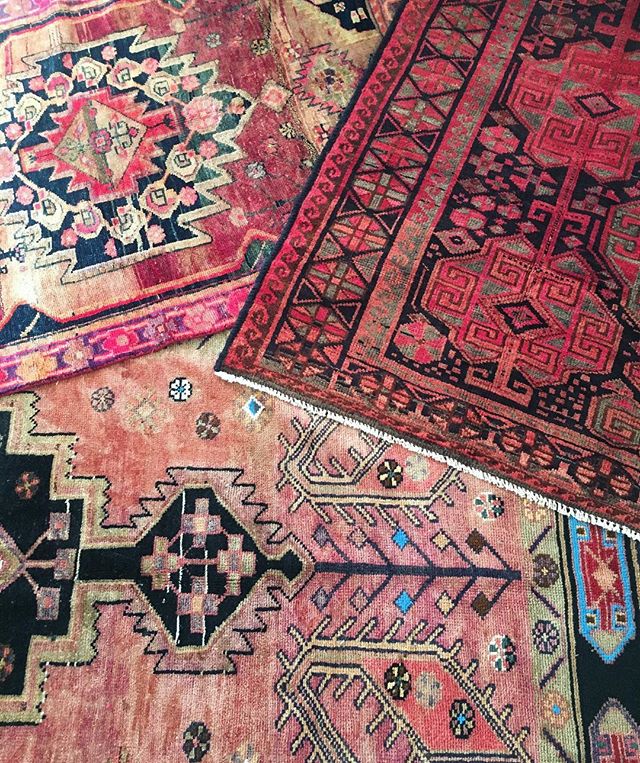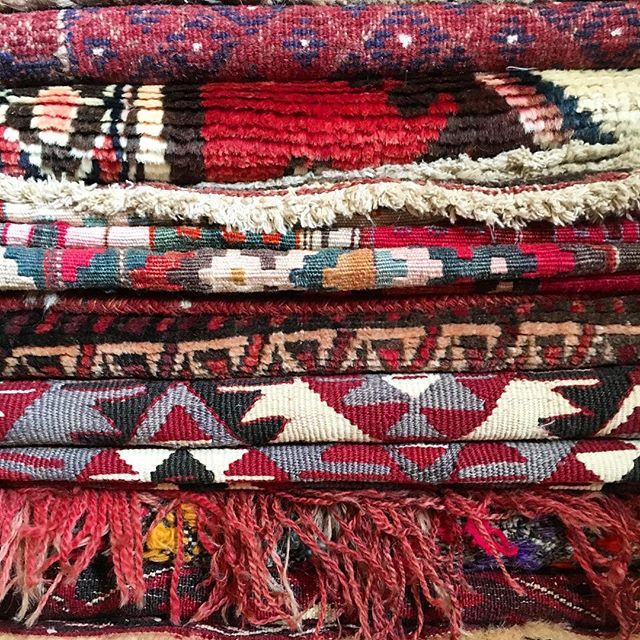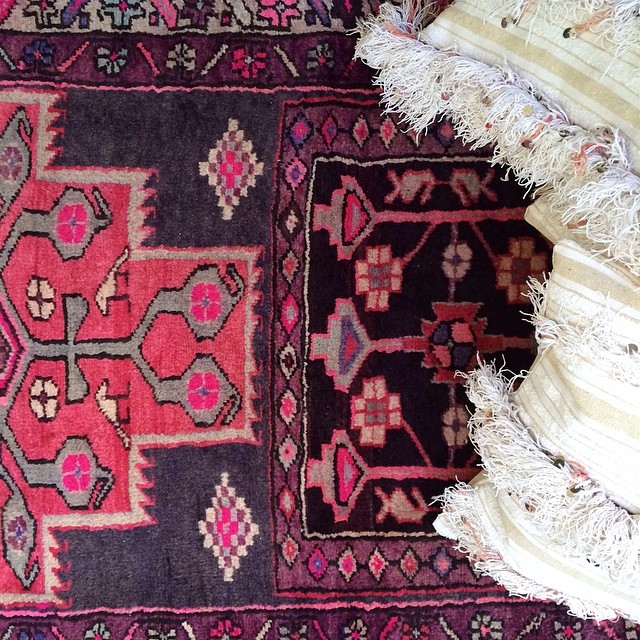Love It Or List It? A BIRDHOME Recap!
SHOULD I LOVE IT OR LIST IT?
We had the joy of participating in an amazing event last night with the incredible Amity Worrel & Co. that we just had to share with you! Over the past few month they have been putting on their Design 101 events to help share professional advice on interior design, architecture, and real estate amongst other things. We were ask to contribute to their Love It or List It event last night and it went so well that we decided we need to share some of the knowledge and advice from the event with you! So read our recap below and be sure to check out the three amazing ladies that we had the pleasure of speaking with last night: Amity Worrel, Dianne Kett, and Maureen Hodges. They are inspirations to us and we can't recommend them enough!
1. Make a list of what you love and what you don't love!
Even if you think you already know you want to renovate your house, its always good to go through and make a list of everything you love and don't love just to make sure you don't miss anything. And be sure to include things beyond just what is in the house itself, consider the neighborhood, neighbors, commute, and location as well! This will help you narrow down your list to the things you can change versus the things you can't and you can decide if you can just renovate or if you need to sell and something different.
2. Talk to an interior designer and architect
Once you have your list of what you love and don't love you can talk to an interior designer and/or an architect to get their opinion on budget and feasibility. A good general rule is that if you are just changing the setup of a room its okay just to reach out to an interior designer, but once you start talking about moving walls, changes plumbing or electrical, or adding on the house you'll need the knowledge and expertise of an architect as well. And any good interior designer will help you find one that you can trust! So make sure to reach out to them early and often - they are always will to help and get you moving in the right direction.
3. Decide - Love it or list it!
Now that you've talked to an interior designer and an architect its time to make that decision. Are you going to love it or are you going to list it. Maybe the architect comes to you and tells you that you can't add a second story or there is a heritage oak preventing you from extending that porch. Or maybe the budget and time just doesn't work for you. Or perhaps everything lines up perfectly and you're ready to move forward with making your house into a dream home. Either way - you'll be confident that you've got all the information to make the right decision for you!
4. Run the numbers
Either way though, once you've decided on what you're going to do make sure to reach out to a trusted real estate professional. Because a good agent will help you run the numbers. As we tell people all the time, buying or selling your house is a business transaction so its important to treat it like one. We can provide a valuation of your house currently and then what it would be after you renovate. If you are going to sell, we can help you through the process to make sure you can get top market value for your house. So don't hesitate to reach out to us, we understand that while this can be a very emotional moment it is also a very important financial one as well.
5. Think Like a Buyer
So once you've decided to sell and interviewed and hired your real estate agent its important that the goal of selling your house becomes the priority. And the best way to do this is to take it from being your home to becoming a house that someone else can turn into their home. We always recommend to our clients to run through our Seller's Checklist and start to think like a buyer. The easiest way to do this is to have a stager come in and make your house appeal to potential buyers, they can remove the emotion from the process of selling your house and make it so much easier for a buyer to imagine and dream of living there. This is such an important part of selling a house that we started our own staging company!
We hope this helped you as you consider remodeling or selling your house and if you have any questions please don't hesitate to reach out to us or the wonderful women that spoke (we'd be happy to connect you as well). And if you're interested in attending the next Design 101 class be sure to sign up to be on Amity's mailing list!
Top 3 Hardest Houseplants to Kill
Your Houseplant Guide
Who doesn’t love houseplants? That little bit of green can bring so much joy and a spark of life to a room. But, let’s be honest - we’ve all killed our fair share of shrubbery, so we’ve put together this list of the hardest houseplants to kill. Whether you have a green thumb or a brown thumb, we’ll help you bring just a little bit of the great outdoors inside your home.
So in no particular order we present the 3 hardest houseplants to kill and how to care (or not care as it might be) for them.
1.Peace Lily
If you’re in the market for some great greenery that will also provide you with some floral love then look no farther than the Peace Lily. While not a true lily this beautiful botanical can still provide you with the fantastic flowers you need to brighten that room right up! What makes the Peace Lily such an easy plant to care for is that not only does it not require a lot of light or water - it will actually tell you when it needs to be watered with a telltale droop of its leaves. We recommend keeping it in shaded part of the house and watering it about once a week, making sure that the soil dries out completely between waterings. Otherwise just watch this beauty thrive and brighten up that space!
2.Snake plant:
Up next we’ve got one of our personal favorites - the snake plant. Again this is another low light, low water plant, however the snake plant takes it a step further than that Peace Lily and is so resilient that it would take actual effort from you to kill. It can withstand a lot more abuse and neglect than most plants. The snake plant is great for almost any space because it can vary so greatly in size and can survive in either full sun or complete shade for long periods of time. We recommend watering it every 2-3 weeks, but be careful - it is easier to overwater this one rather than have it dry out to death. One important note is that the reason the snake plant can go so long without water is that it holds a lot of water in its leaves, this means that the larger they get the more they weight and heavier they get. Other than that this is one the easiest and most low maintenance plants you can get!
3. ZZ Plant
Last but not least we have a newly discovered favorite of ours - the ZZ plant. We’ve saved the best for last here folks - as the ZZ plant is one of the hardest kill without a doubt. It got its start in planters in malls and large office buildings where people often saw them as fake plants because need such little care. Now that it’s starting to become a popular plant you can find them in nurseries and plant stores across the country. We highly recommend picking on up. They can survive in just about any lighting - even fluorescent, and as with the snake plant, you are more likely to kill it through overwatering than underwatering it. We advise watering it only when the soil is absolutely dry or every couple of weeks just to be on the safe side.
IMPORTANT: All 3 of these plants are toxic to humans and pets if ingested so stick to kale when it comes to your salad!
Where to Buy?
Now that you’ve got 3 great houseplant options that are incredibly difficult to kill its time to figure out where to get them. Well have no fear we’ve got our four favorite Austin nurseries and plant emporiums that will fulfill all your greenery needs and wishes. We love these places because they all have such an amazing staff that will be able to help answer any plant related questions you might have!
So get on out there and add some natural beauty to your home!
Turkish Kilim Rugs
What is a Kilim Rug?
Turkish Kilim rugs have a special history within the world. Each rug is handcrafted using special techniques that get passed down through the generations.
Kilim rugs are said to last two generations. Most of the rugs that you find for sale now are from the 1950's-1970's. Think about it - once a rug reaches you it is already 50 years old and holds so many memories and secrets that you will add to. Rugs are great like that. They truly become part of your family.
Cost - because of their handcrafted nature and their durability the rugs can be costly with the smaller ones being from $200-$300 and the larger ones venturing into the $1000s. These rugs are an investment that appreciates, similar to art and jewelry. That being said they should be treated the same when it comes to your homeowners insurance. Most insurance companies require a separate policy for rugs along with an appraisal. I'm happy to help you with this process when you get to this point. Send me a note -> melody@birdhome.com
How Are They Made?
Size - Each Kilim rug is made using a loom and therefore can only be as wide as the loom itself, because of this you won’t find very many kilim rugs that fit standard rug sizes. Most of them tend to resemble oversized runners.
Dyes - all of the dyes are naturally produced, for example the green dye comes from pistachios and browns from walnut shells.
Symbols - throughout history, kilim rugs were traditionally a rite of passage for women. Because of their durability and long life span women would bring the rugs within into marriage and would therefore be full of symbols that represented: good health, fertility, a good marriage, or other desirables.
Rug Care 101
Because they are created with such care and are meant to last for up to two lifetimes they are extremely durable. The big thing that you need to watch out for is oil stains, so I would recommend keeping them away from your kitchen whenever you’re frying anything. Other than that, most stains can be removed with a little water and a mild cleanser like Dr. Bronner’s or something similar.
The most important part of rug care is making sure to get a good rug pad. If you don’t it’s like buying a brand new car but getting the cheapest tires available. The pad is what keeps your rug living its long beautiful life - so don’t cut corners when it comes to the pad. Look for a "Recycled Felt, Double Sided Rug Pad" if you're shopping on Amazon. You can buy them large and cut them to size.
Where I get my rugs
Interestingly enough I tend to get most of my rugs through instagram! There are so many great dealers on there and its a great way to see all the different rugs they have to offer! Listed below are some of my personal favorites:
At BIRDHOME, we strive to help our clients, friends + family build generational wealth through real estate investing. At the BIRDHOME blog, we're sharing our expertise in the Austin real estate market to help guide you to your new home.
let's connect
Contact us directly at home@birdhome.com
or call us anytime at 512.585.1571

























